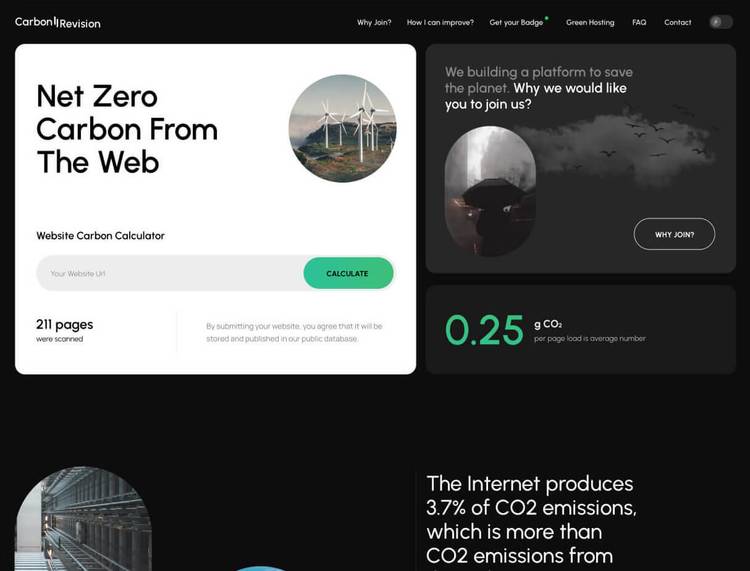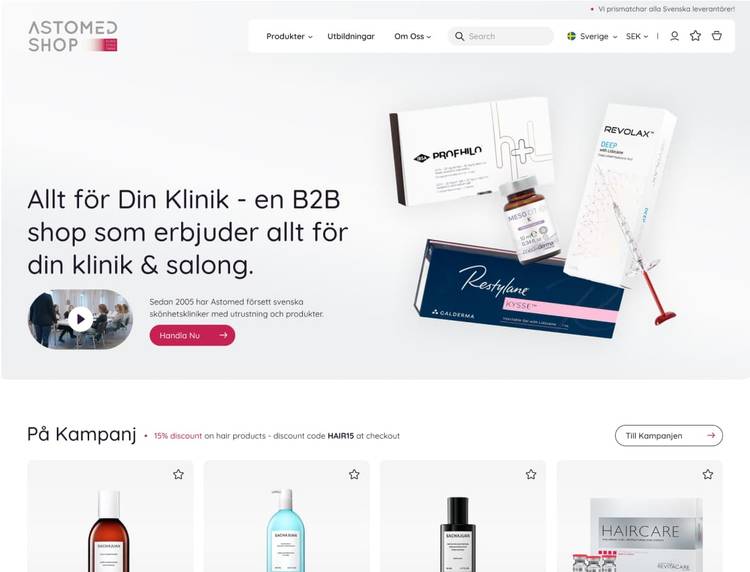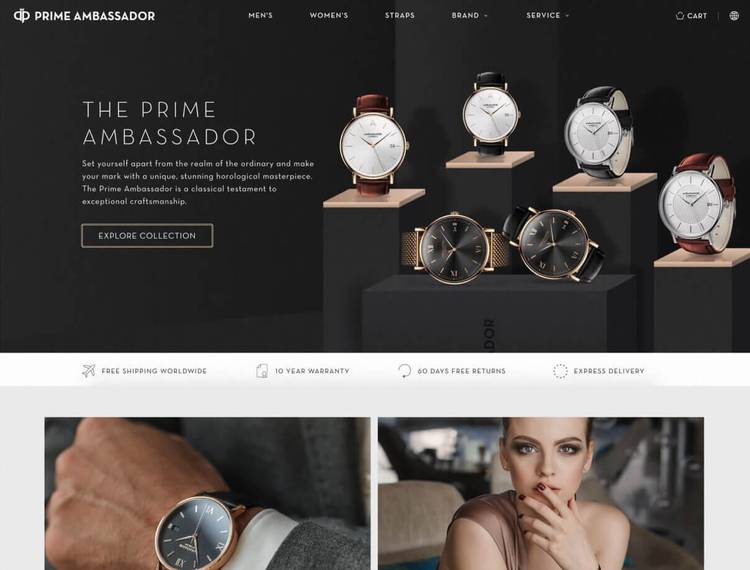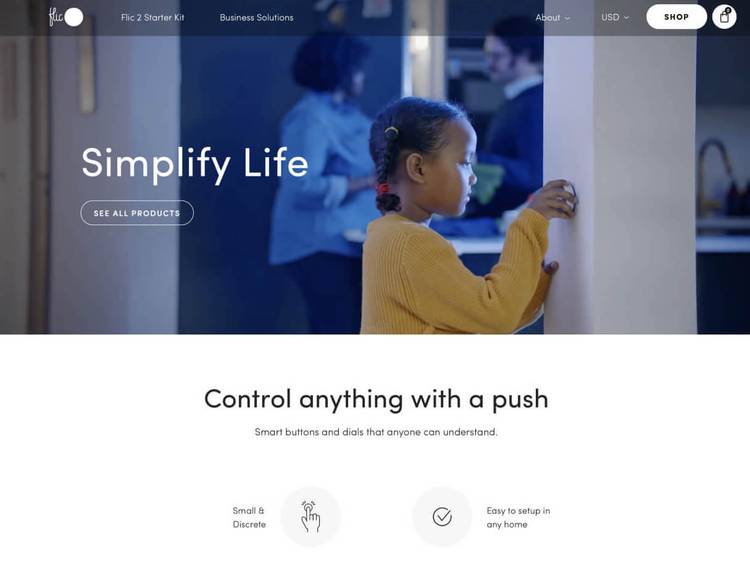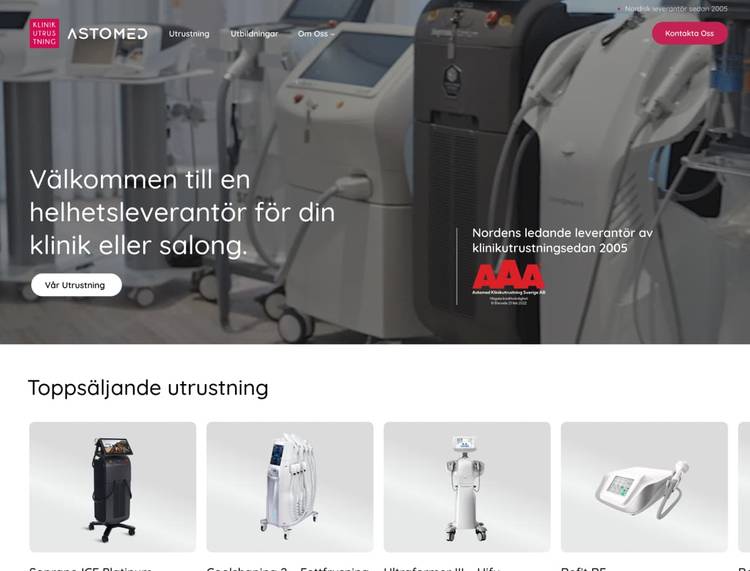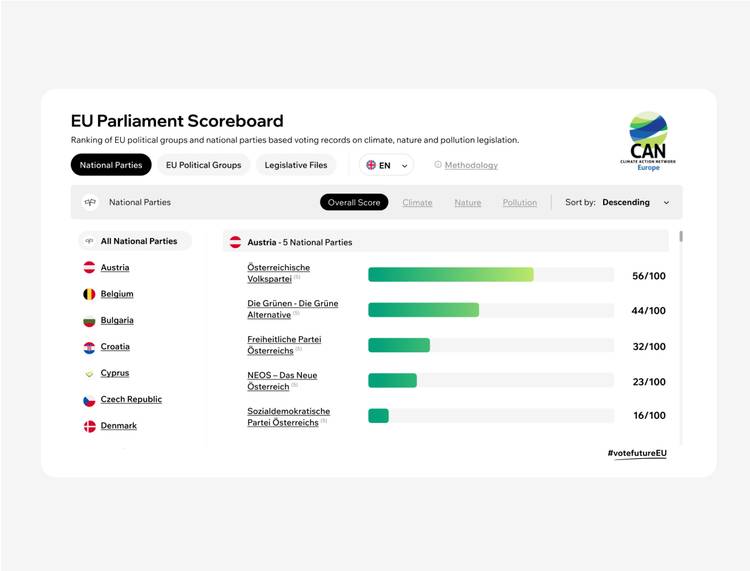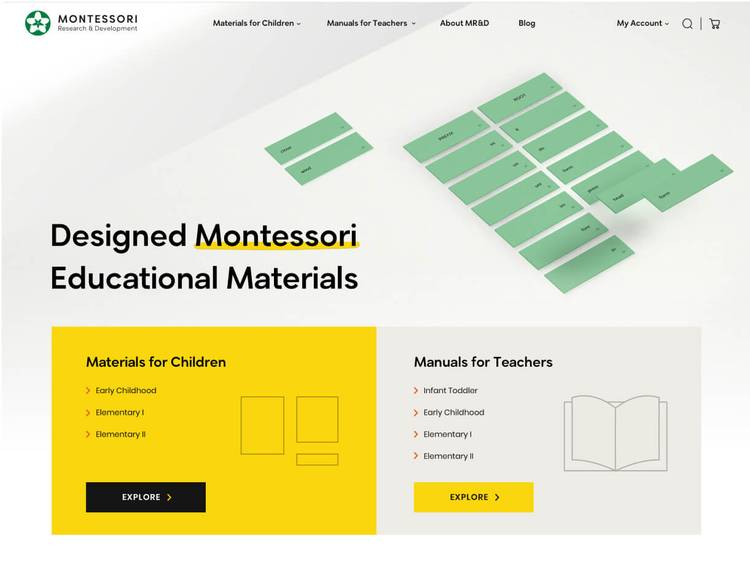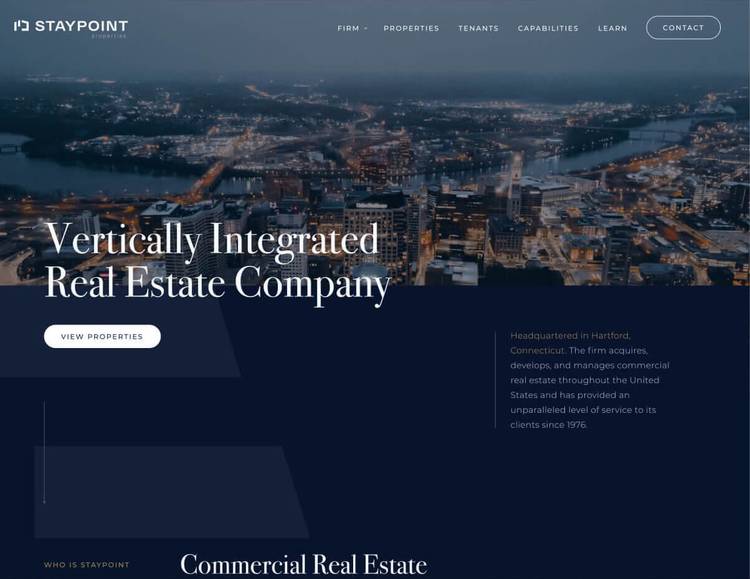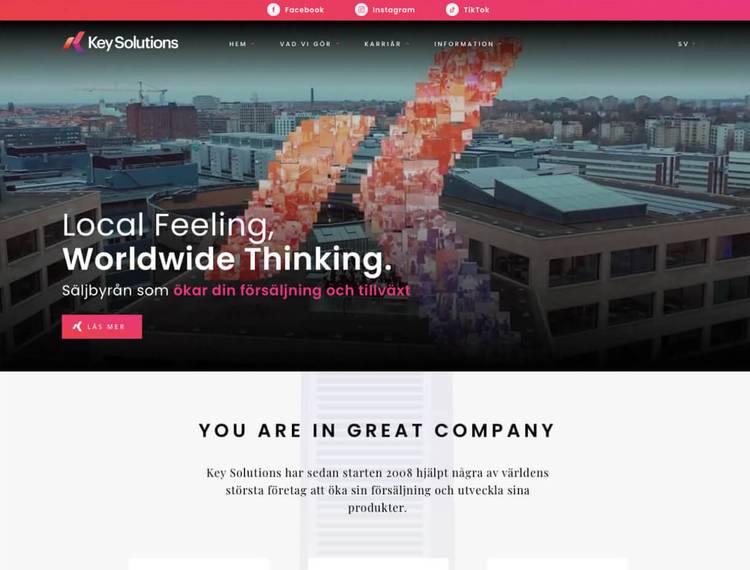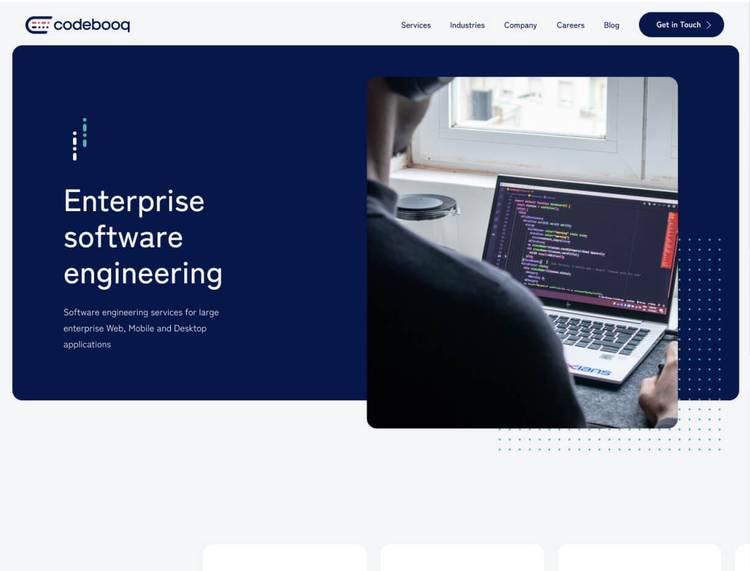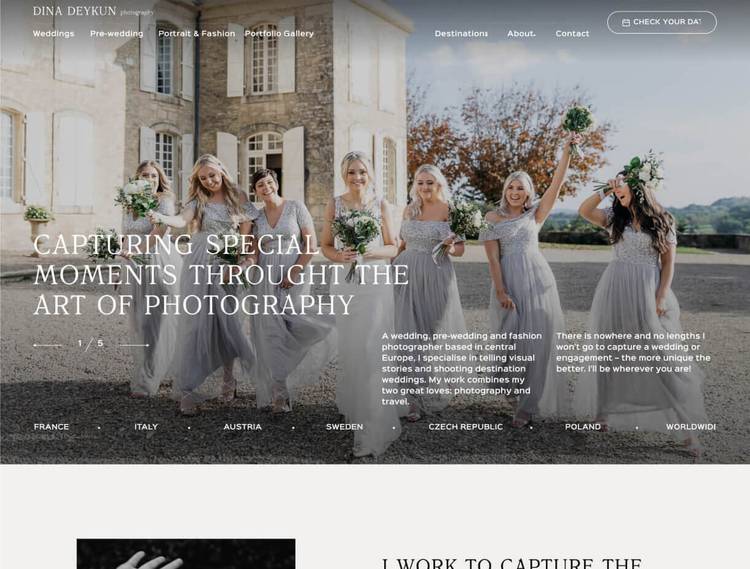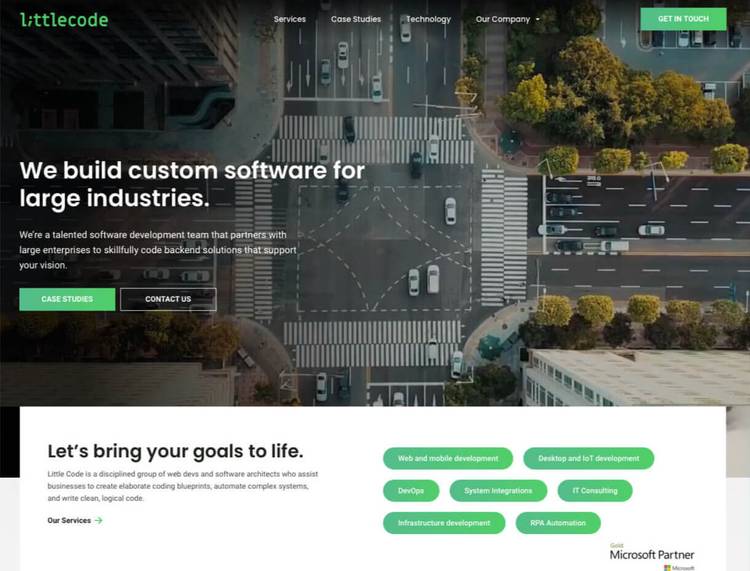
How To Write a Brief for your Website Design Project
Whether you’re launching a new company or want to rebrand an existing business, successful web design will boost your visibility. It will enhance your brand appeal to potential clients and ultimately increase your revenue. In today’s digital world, it’s more crucial than ever to have a professional website.
But what makes a design successful? And how can you write a great brief that will turn your vision into reality? In this blog post, we’ll guide you through the process of writing a brief for website design.
What Is a Brief for Website Design?
A brief for web design is a written document that outlines the start-to-finish web design process. If you’re hiring a professional agency to design your website, you’ll usually need to supply a brief before signing a contract.
A brief will enable you to share critical information such as:
- What your business does
- Your short and long-term business goals
- Information about competitors
- Overview of functionality
- Design ideas and direction
- What timeline and budget you are expecting
Once you’ve written your brief, your chosen design company will be able to give you a deliverables timeline and price estimate. In short, you should think of your website design brief as a document that will help you iron out your initial creative and practical needs.
Writing Your Brief: A Step-by-Step Guide
Some business owners are surprised when they find out how much information they need to include in their brief for website design. It can be easy to think that by hiring a professional web designer, you can leave all the decisions up to them.
But although we’re experts in web design, you’re the expert when it comes to your company. It means you’re able to provide the foundation that’s necessary to build a killer website. The following steps outline the main points you’ll need to include in your website design brief.
Step 1: Create a Project Overview
The first section to include in your brief for website design is an overview of your project. It should give to design team a clear idea of the scale of your scope. Are they just designing your website? Or do you need extra assets such as a logo or domain name?
This section should also cover:
- Whether you need a rebrand or a completely new website with all the bells and whistles
- How your finished website should further your brand’s aims
- What tone of voice you use to communicate with customers
- Specific must-haves such as CTAs, contact forms, payment portals, or social media links
Step 2: Identify Your Target Audience
It’s impossible to create a successful web design without an accurate picture of the end-user. Who is your typical customer? From their age and gender to profession and political views, you can never know too much about your target audience.
Armed with this information, your designers can create a web experience that closely resonates with your user’s tastes. Some businesses even like to create a persona who embodies their archetypical audience, complete with a name and backstory. This buyer profile can make it easier to angle your brief towards a particular profile.
Step 3: Research Your Competitors
The next section of your website design brief should contain some information about your competitors. As research, check out their websites and list any aspects that work particularly well. It would be best if you also noted the aspects that you feel are less successful.
By carrying out market research, you can identify the key features that help brands stand out in your industry. Perhaps your attention goes toward a live chatbot, animated homepage, or pop-up discount code when you try to click off the site.
Hopefully, you can also identify any gaps in the market that your business will be able to fill.
Step 4: Set Your Timeline and Budget
The final section of your brief for website design should tackle the budget practicalities.
A website design’s cost can vary hugely depending on your needs, with projects ranging from basic templates to fully bespoke designs. By outlining your budget, you can establish expectations and give your web designer an idea of how high-tech your project can be.
You should also clearly state whether you’re working to a particular timeline. Some companies are happy for the web design process to last as long as it takes to achieve the best result. Others, however, need to meet a fixed deadline.
As long as your schedule is realistic for your web design project’s scale, this will help your designers plan their time and arrange preliminary deadlines for different phases of the build.

